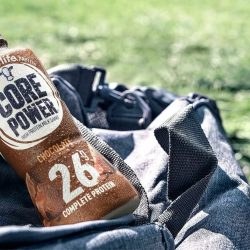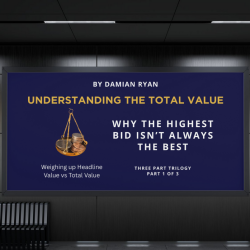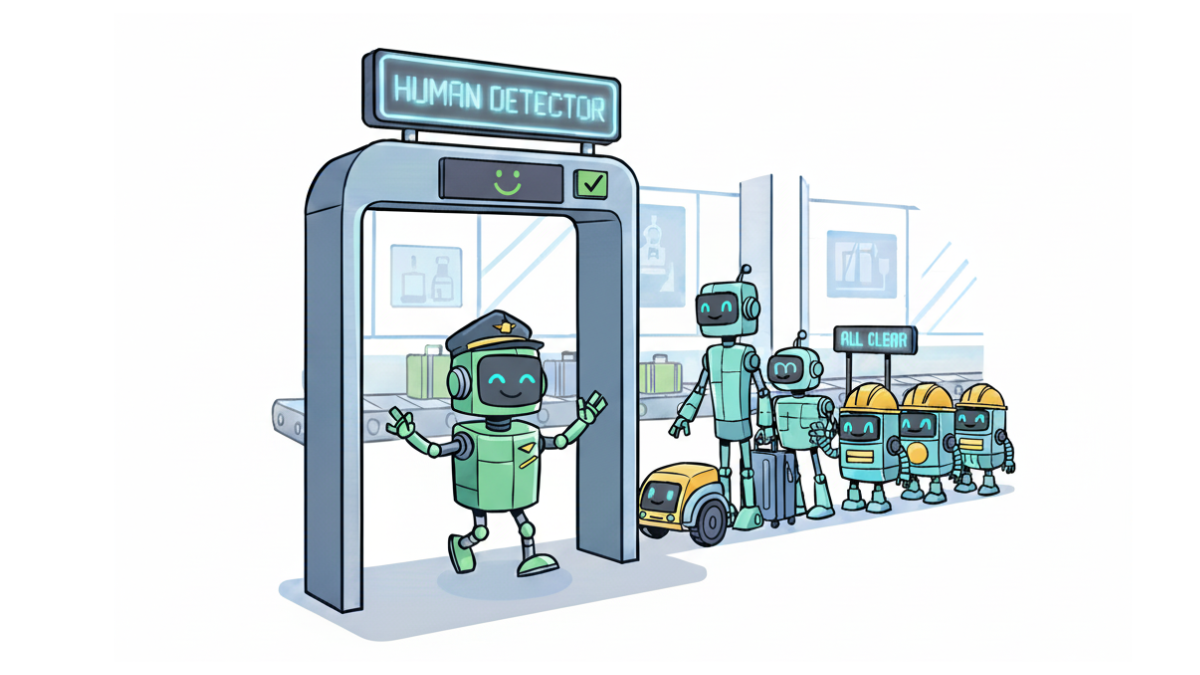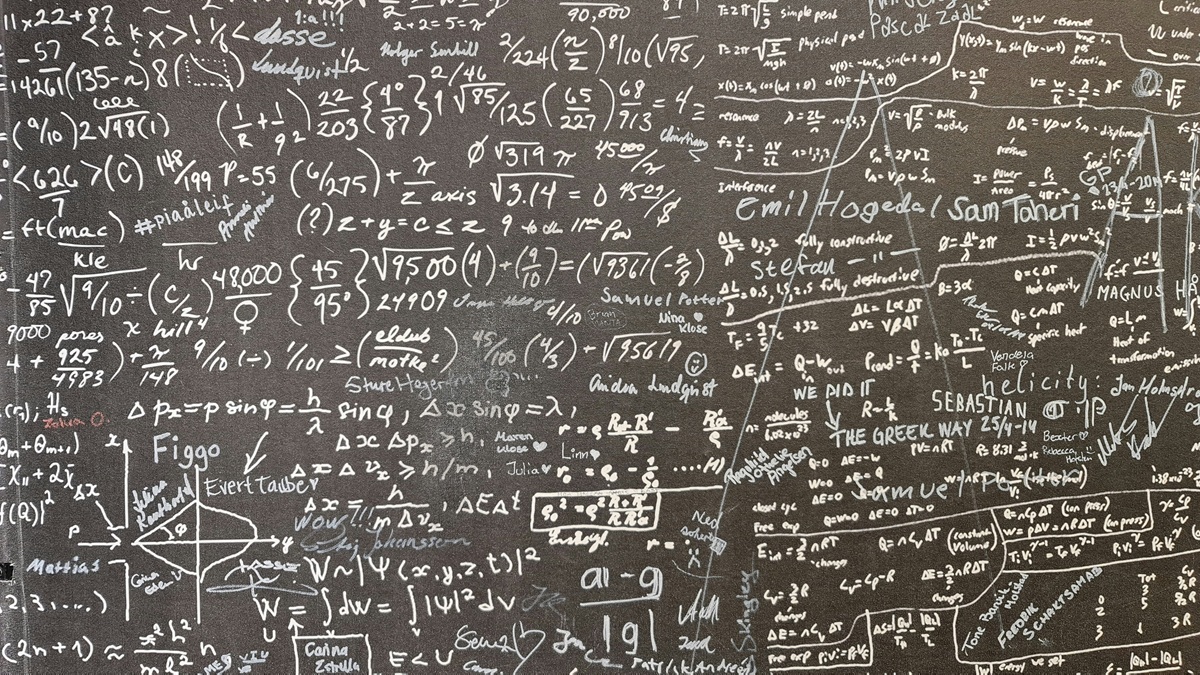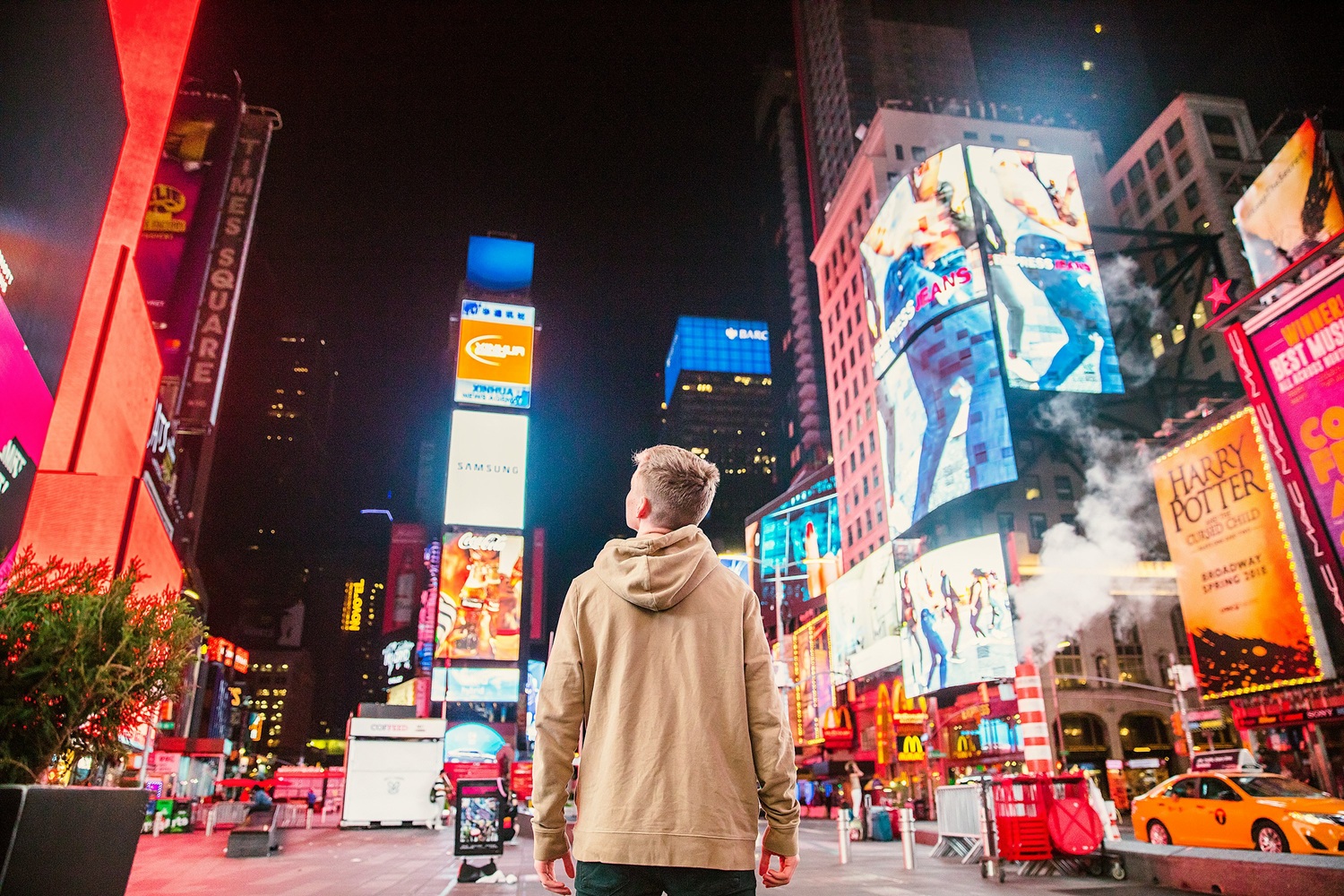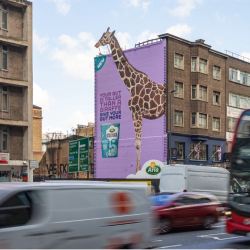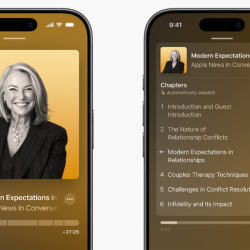For years, performance marketing has been driven by precision. Smarter targeting, sharper bidding and constant algorithm tweaks have been the go-to for growth.
That method has delivered results, but the returns are narrowing. Costs continue to rise, data is less reliable, and the benefits of optimisation are beginning to fade. Marketers now need a way to make their system work more intelligently, rather than more efficiently.
The past decade rewarded those who interpreted data faster than competitors. But in an environment where automation is available to everyone, that advantage is harder to maintain. With machine learning handling more of the technical work, human creativity and strategy will once again decide who moves ahead.
Brands that use data to understand their audiences, while powering their planning and execution, will be the ones to prosper.
Unpredictable paths
At the same time that auction inflation and stricter privacy laws have made efficiency harder to maintain, the consumer journey to purchase has become more unpredictable.
Audiences are spread across multiple platforms. Someone might watch a product video, comment on a creator’s post and later complete a purchase through search. Each action happens in isolation, yet they all influence the outcome. When creative, media and organic teams operate separately, valuable insight is lost. Brands then spend heavily without truly understanding what’s driving results.
The solution is to join these disciplines into one continuous process that adapts as people engage. This shift allows marketers to see what’s working in real time and make decisions based on observed behaviour rather than assumptions. It also helps campaigns feel more natural to audiences.
The Media Lift Effect
Linking paid and organic efforts gives marketers a clearer picture of what signals prompt action. This connected model — which Brave Bison has called The Media Lift Effect — turns insight into momentum. Instead of chasing constant iteration, it builds improvement directly into the way campaigns run.
Organic social acts as a testing ground. Ideas that gain traction there can be developed further and promoted through paid channels with greater confidence. Each phase strengthens the next, creating a steady cycle of learning and refinement. When done well, this alignment closes the gap between what people find interesting and what ultimately drives commercial results.
Brands that follow this approach are seeing results.
Those combining creative and media strategies have recorded a 73% rise in return on ad spend and a 137 % increase in conversion rates by adapting existing content into full-funnel campaigns.
The increased ROI and conversion rates come from better alignment between teams and channels, rather than increased budgets. Over time, the efficiency of this model compounds because the learning from one campaign directly informs the next, improving both short-term performance and long-term brand strength.
Blending brand and performance
In an environment of changeable algorithms shift and inscrutable data, creative is the most dependable driver of performance. It can account for as much as 70% of a campaign’s success. Work that feels true to the platform and relevant to the moment consistently performs better than polished, one-size-fits-all content.
Organic results give early clues about what holds attention and what falls flat. Using that insight, marketers can decide where paid investment will have the most impact. It’s a more grounded way of scaling what already works rather than guessing at what might.
This approach is also changing how success is judged. Results are no longer measured only by clicks or conversions, but also by the quality of engagement and how that connects to business outcomes.
When creative and media align, the old separation between brand and performance starts to disappear: Campaigns deliver both immediate response and longer-term value, demonstrating that creative excellence is both a brand discipline and a commercial driver.
Continuous learning
If the previous iteration of performance marketing was defined by precision, the next one will be defined by continuous learning. When testing is continual rather than occasional, each round of learning strengthens the next, and campaigns evolve naturally with audience behaviour, rather than being locked into static plans made months in advance.
Social platforms are where intent is shaped and choices are made. People discover and decide before they reach a search bar. So, marketers must treat social media as an ecosystem rather than a collection of channels.
The reward is not just better performance today, but a more resilient and adaptable marketing model for the future.
Main image by Ruben Caldera on Unsplash


